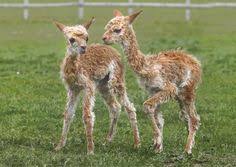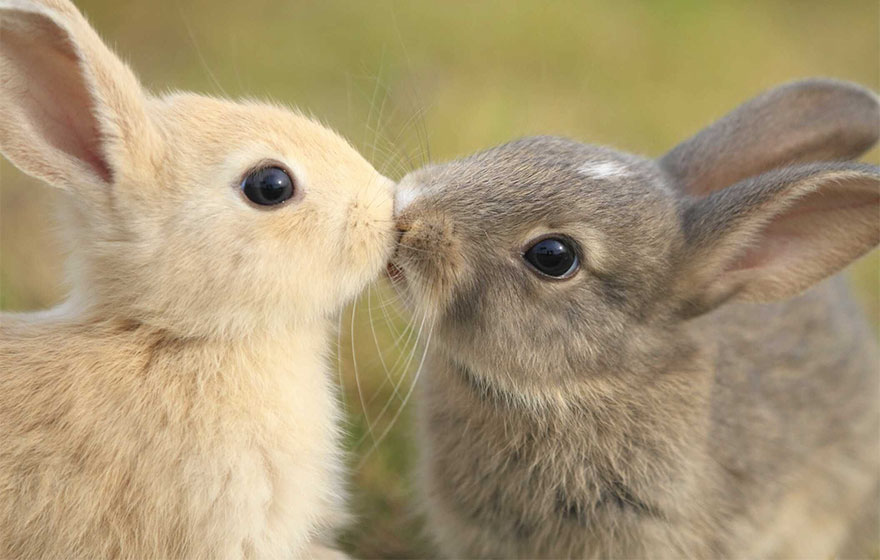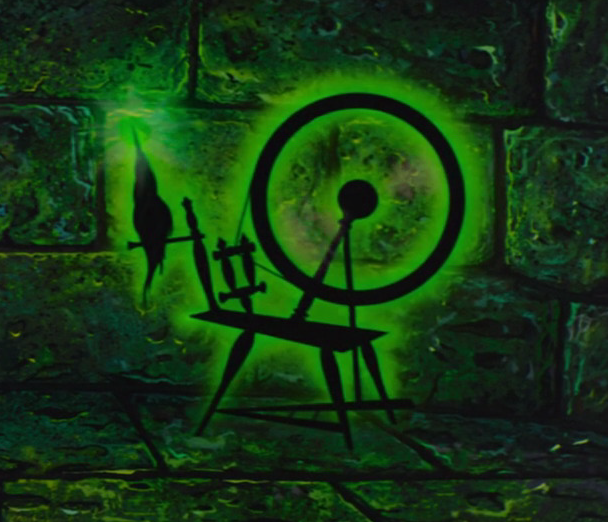Hi all! I wasn't lying, just a smidge delayed when I said would be back. Right now in my spinning class we are working through alpaca so I thought "what a good way to start back". So I will be doing a mini series on Alpaca covering:
-Summary of the animal
-Summary of the fiber
-Prep and Spinning
-Blending
As I am doing this first one on the fly it might not be perfect just yet. As I go through more fiber animals I shall refine my process. Information found from many sources!
So lets begin!
ALPACA
 |
| Ain't I adorable! |
Alpacas (Vicugna pacos) are a curious and intelligent animals who live between 15-20 years. These fuzzy "sheep of the Andes" are part of the camelid family. Originating from South America herds of alpacas have been domesticated for over 5,000 years. Alpacas are seen frequently in the art in Northern Peru. Alpacas are mainly bred for the fiber and meat with their meat considered a delicacy. Due to both their fiber and meat being so prized alpacas were hunted close to annihilation after the Spanish conquest. Their ability to thrive in extremely harsh environments helped them survive and flourish. Interestingly they only need to eat 1-2% of their body weight a day with efficient digestion through a three-chambered stomach. Alpacas make good lawnmowers as they do not pull grass up by the root, but just snip the tip. They also chew in a figure 8 motion and have teeth only in the lower jaw.
Alpacas are social herd animals with an alpha male. Yes they do spit, but as a defence mechanism rather than just being mean spirited. Alpacas have an interesting behaviour of using a communal dung pile and this preference for a specific place for defecating mean some have been house trained. On top of this the female alpaca tend to all stand in a line and go at once. Like many animals their tails are used to express feelings to each other. Alpacas love to sunbathe, but also have dirt baths which can make a fresh fleece very very dusty to work with,
Alpaca is a major food source in South America with Australian farmers starting to make this high quality, lean meat available. The alpaca meat is nutritious and flavoursome with little saturated fat or cholesterol. (Yes I have tried it once, glad I did, but not the biggest fan). The first alpaca was imported to Australia in 1989 (I was three!)
 |
| Cria! |
Names: The first year of an alpaca's life they are called Cria. As they age then are called Tuis as adolescents and then Hembras (adult females ) and Machos (adult males). Alpacas have an 11 month gestation period and don't tend to require intervention during delivery. Even when they do alpacas almost always give birth in the morning so no late night, cold and dark difficult deliveries seen by some sheep.
 |
| Huacaya |
There are two major varieties of alpaca:
Huacaya (pronunciation: Wua'ki'ya). This variety of alpaca is the most common type and what most will picture when they think alpaca (if they don't mix it up with a llama) They have a fuzzy bonnet on their forehead and have "mutton chops" on their little cheeks. Their fiber is more sheep like in crimp and staple.
Suri are a less common variety with interesting dreadlock like locks of fiber.
More information on their fiber will be in part 2.
 |
| Suri |
Alpaca vs Llama
Alpacas and Llamas are closely related and part of camelid family (alpaca, camels, llama, etc..). Llama are around twice the size of alpaca and pack animals. The visual differences between the two include banana shaped ears in the llama compared to alpacas short spear like ears. Their faces are also different with alpacas having a more shorted and smushed face compared to the longer face of the llama.
Llama are bred to be beasts of burden due to their size and are great guard animals. While everyone has their preferences alpaca tend to be shyer compared to llamas who can be raised more "pet" like. These two camelids can be breed together to form a
huarizo which have some unique fleece.
For the spinner the llama have a coarse outer coat and luxurious inner coat where are the alpaca coat is a fine single coat.
PART 2: Alpaca Fleece Coming




















